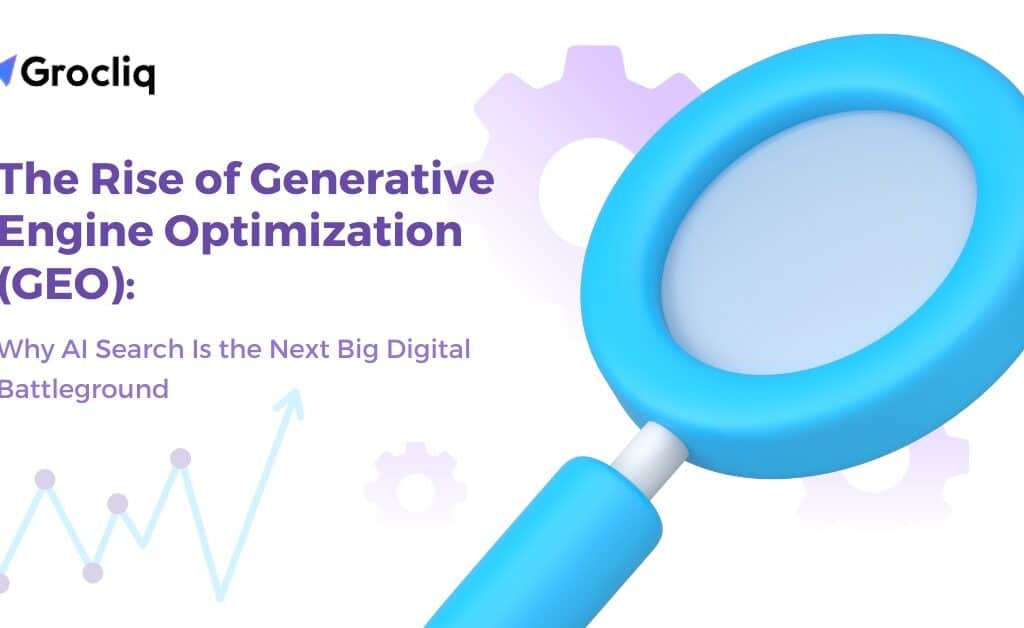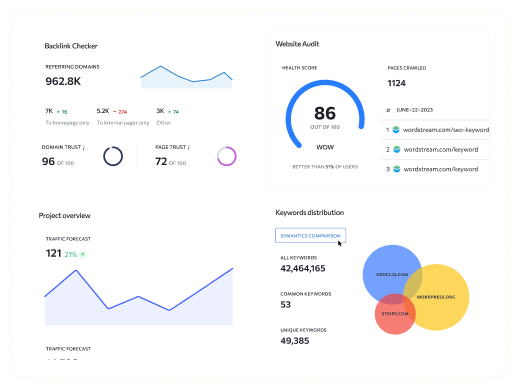In the vast landscape of artificial intelligence (AI), GPTs stand out as a powerful tool that’s transforming the way we interact with technology. But what exactly are GPTs, and how do they work? Let’s break it down in simple terms.
What are GPTs?
GPT stands for “Generative Pre-trained Transformer.” It’s a type of AI model developed by OpenAI, a leading research organization in artificial intelligence. GPTs are designed to understand and generate human-like text based on the input they receive.
How do GPTs work?
At the heart of a GPT is a deep learning architecture called a Transformer. This architecture allows the model to process and generate text by analyzing vast amounts of data. Before being deployed for specific tasks, GPTs undergo pre-training on a diverse corpus of text data, which helps them learn the nuances of language.
Once pre-trained, a GPT can be fine-tuned for various applications, such as language translation, text summarization, question answering, and more. When you give a prompt to a GPT, it uses its learned knowledge to generate text that’s relevant to the input it receives.
Why are GPTs important?
GPTs have significant implications across various industries and fields. They can automate content creation, assist with customer support, enhance language understanding in chatbots, improve search engine results, and even aid in scientific research by analyzing and generating text based on large datasets.
What are some examples of GPTs in action?
- Chatbots: Many customer service chatbots use GPTs to provide human-like responses to user inquiries.
- Content Creation: GPTs can generate articles, blog posts, poetry, and other types of written content.
- Language Translation: GPTs can translate text from one language to another with remarkable accuracy.
- Text Summarization: GPTs can condense long passages of text into shorter summaries while retaining key information.
- Code Generation: Some GPT variants can even generate code snippets based on programming prompts.
How accurate are GPTs?
The accuracy of a GPT depends on various factors, including the quality and quantity of the training data, the size and architecture of the model, and the specific task it’s performing. While GPTs can produce impressively human-like text in many cases, they’re not infallible and may occasionally generate inaccurate or nonsensical output.
FAQs:
Q1. Can GPTs understand context?
Yes, GPTs excel at understanding context within the text. They analyze not just individual words but also the surrounding context to generate coherent responses.
Q2. Are GPTs capable of creative writing?
While GPTs can generate text that resembles creative writing, their output is ultimately based on patterns learned from existing data. They can mimic creativity to some extent but lack true creative consciousness.
Q3. Do GPTs have ethical considerations?
Yes, the use of GPTs raises ethical concerns, particularly regarding misinformation, bias amplification, and the potential for malicious use. Responsible deployment and ongoing monitoring are essential to mitigate these risks.
Q4. Are GPTs continuously improving?
Yes, researchers are constantly working to enhance GPTs through advancements in training techniques, model architectures, and fine-tuning methods. This ongoing development contributes to improved performance and capabilities over time.
Q5. Can anyone use GPTs?
Yes, GPTs are accessible to developers, researchers, businesses, and individuals through various platforms and APIs. However, using GPTs effectively requires some technical knowledge and understanding of natural language processing concepts.





